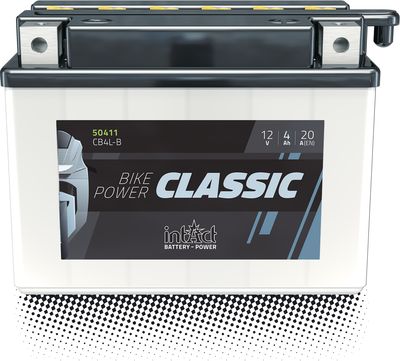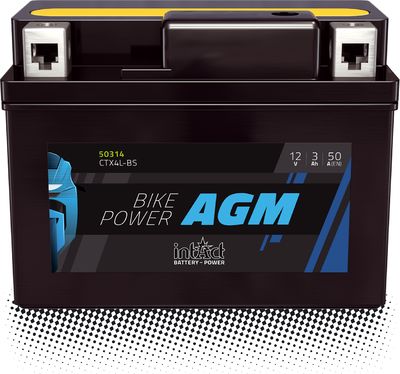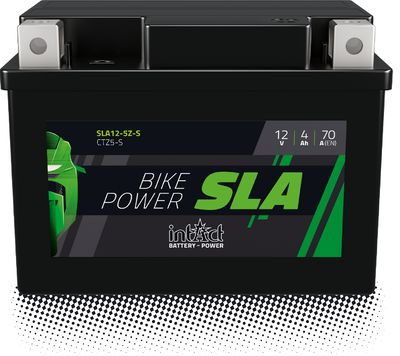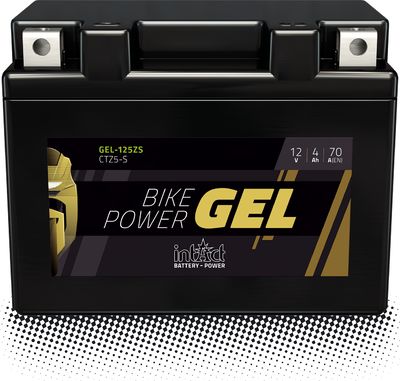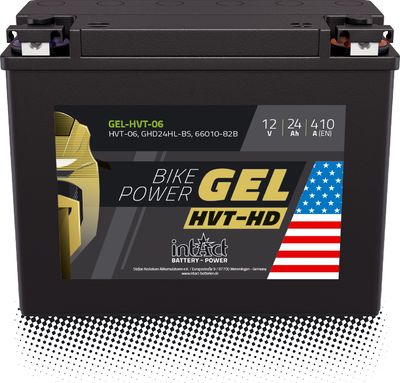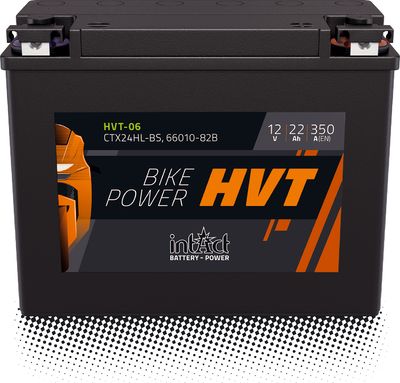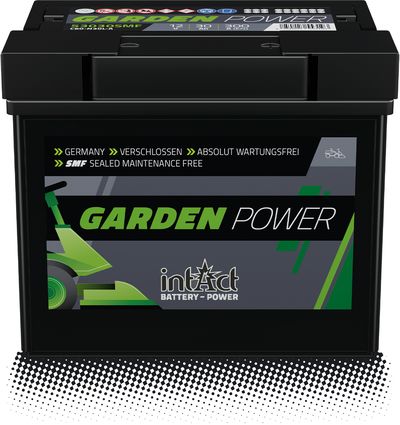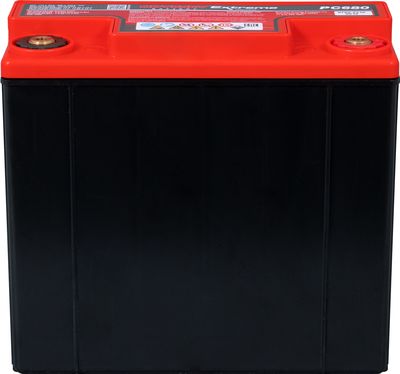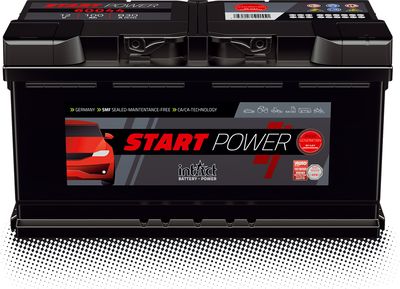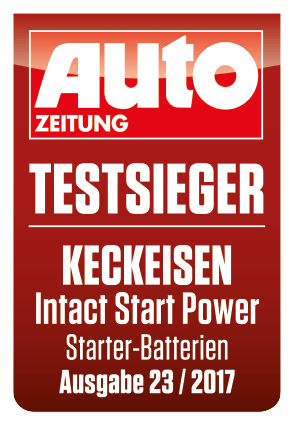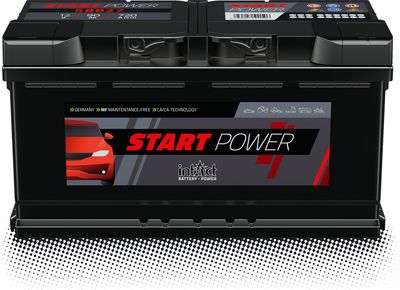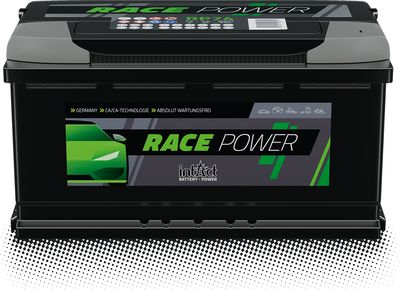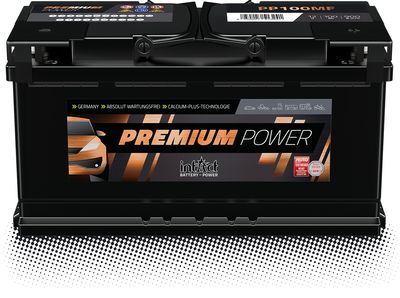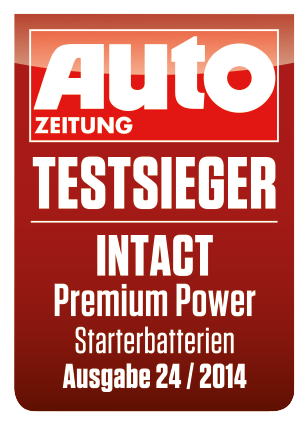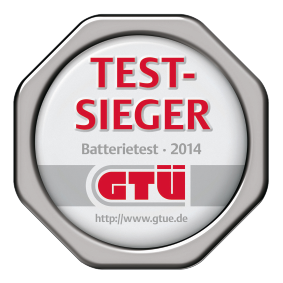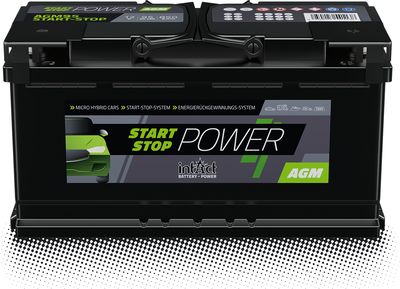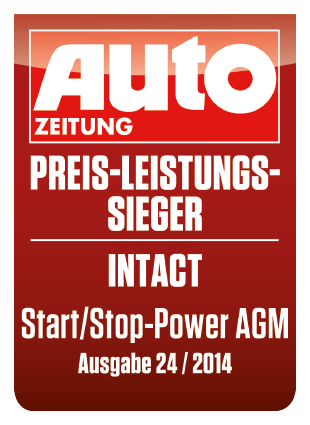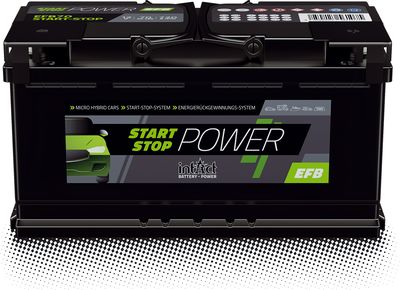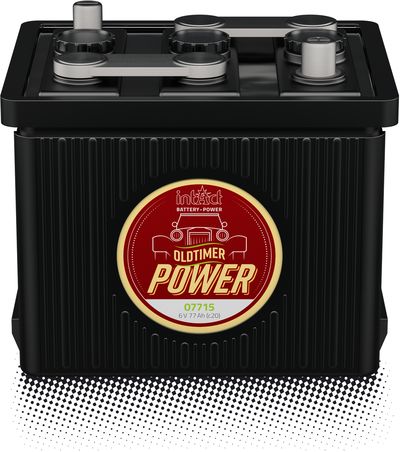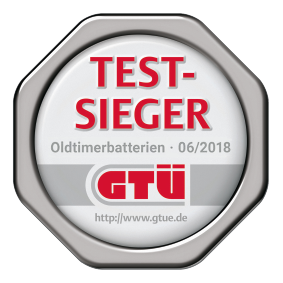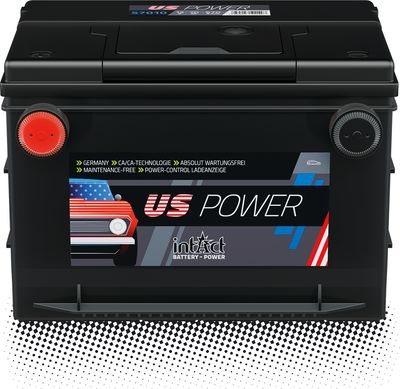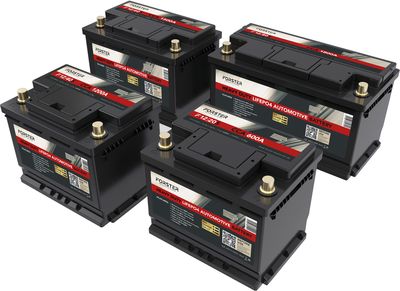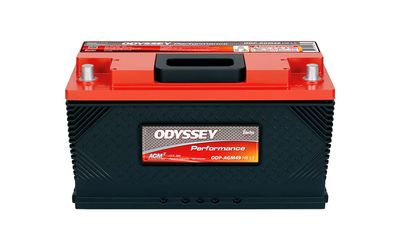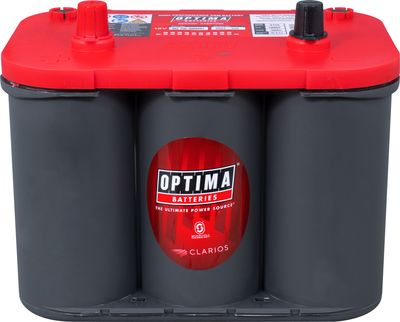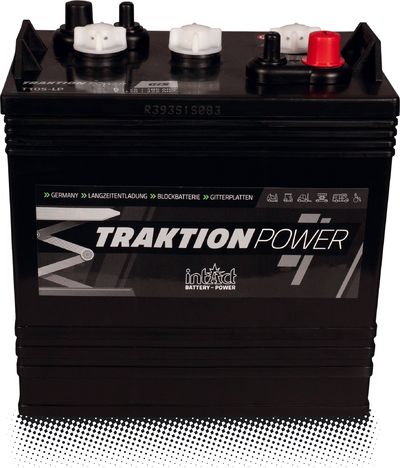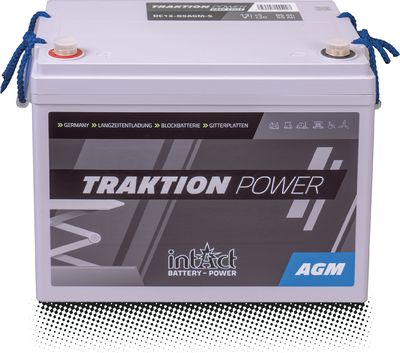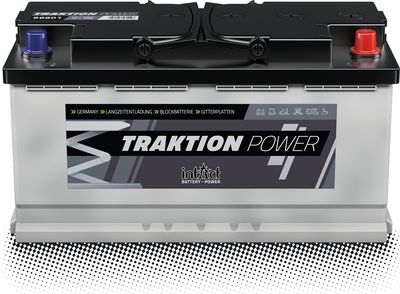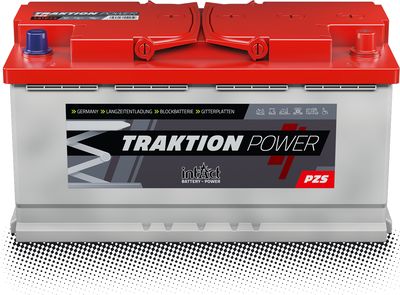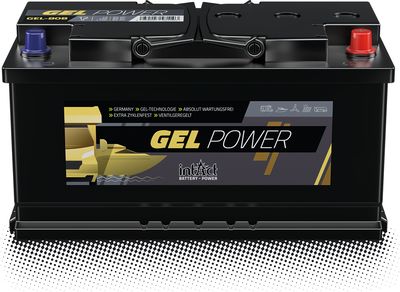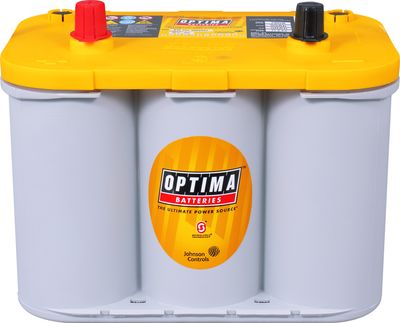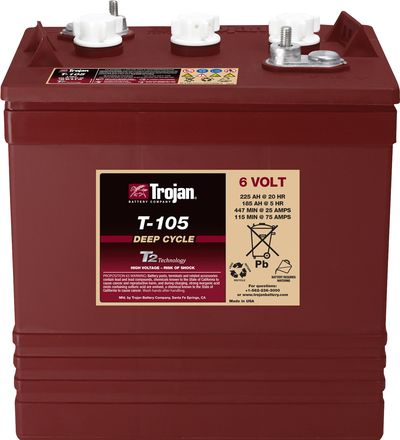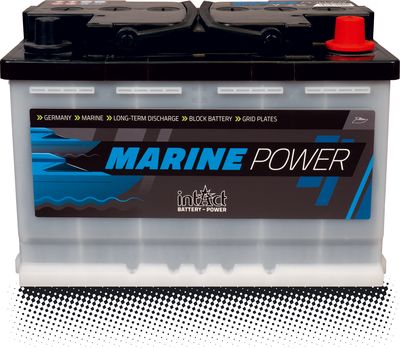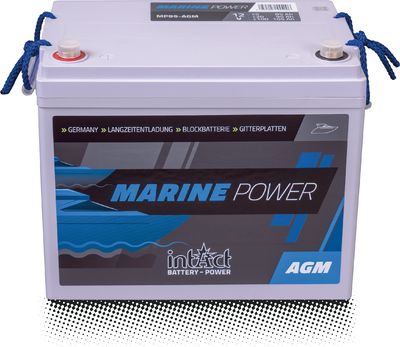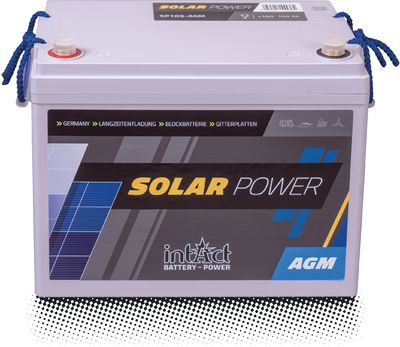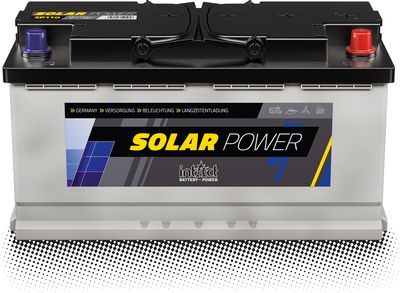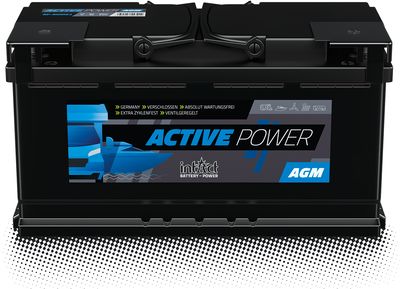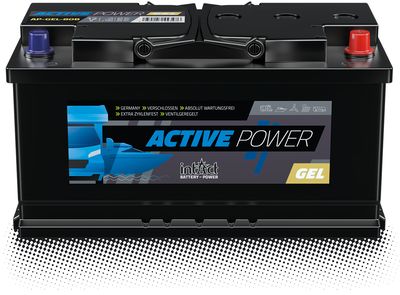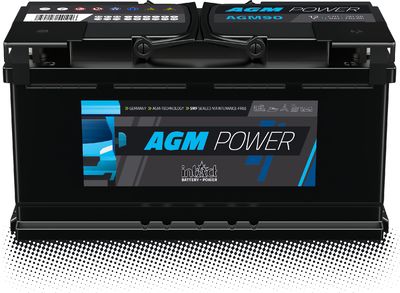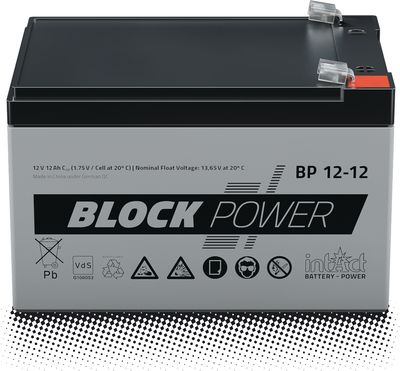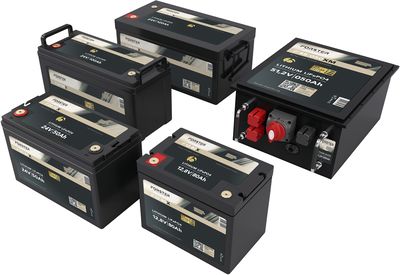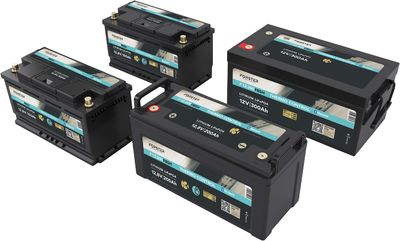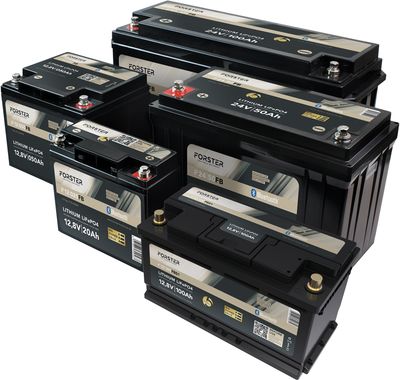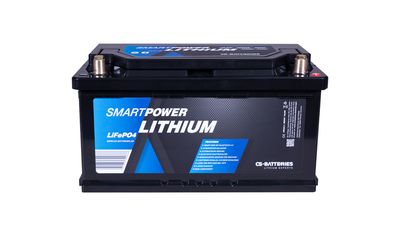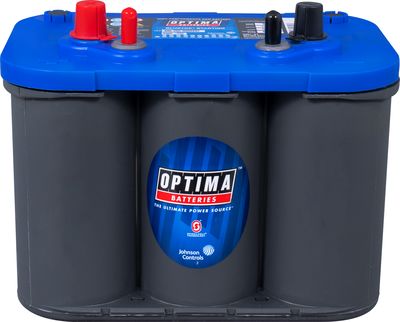Why does this battery have such a good current draw?
Due to the AGM technology, this battery absorbs the current particularly well, i.e. it recharges faster than a conventional wet battery and you can charge it with a higher charging current or a more powerful charger, like the ?
This characteristic comes …
How does a melted pole occur?
A melted pole is caused by a short circuit when the battery polarity is reversed during bridging or when the poles are connected by a tool or other object.
Tip: Take care when handling batteries.
Learn more about short circuit and how to avoid it.
Filling a dry pre-charged battery
Dry pre-charged batteries must be filled with battery acid and charged before installation.
Seasonal use of drive or supply battery
Many vehicles, devices or machines are only used seasonally or on certain occasions. Ideally, your battery should be ready whenever you need it. That's why we recommend always storing batteries fully charged, at approx. 15 to 18° C and in a dry place, …
Utility batteries, which can be used as temporary storage for photovoltaic (PV) or small wind systems, are highly cycle resistant, meaning they can withstand different charging cycles well. In the renewable energy sector, charging cannot be done with …
A coherent equation: A lot out, a lot in.
Every battery loses power over time.
If it is loaded normally and is always fully charged, the capacity is slowly reduced.
If it is often overloaded and insufficiently charged, the capacity is reduced much more quickly, i.e. the battery ages much faster.
Ideally, …
Always choose the right battery for the application
When choosing a battery, it basically depends on what it is to be used for.
The most important distinction is between starter batteries, including motorcycle batteries, and cyclic batteries such as traction or supply batteries.
Starter batteries, including …
What do deposits on the battery plugs mean?
Black deposits on the plugs indicate a battery that has worn out prematurely due to continuous excessive load.
Tip: Always ensure a good balance between current drain and charging.
Information on capacity calculations and charging behaviour can be found …
These block batteries ensure the uninterruptible power supply (UPS) of POS systems or smaller computer systems as well as security systems such as locking systems or security lighting when the power grid fails. UPS systems also protect the connected loads …
Always choose a battery that matches the load
Depending on the type of battery, it is designed for certain loads:
Starter batteries must deliver as much current as possible during the starting process. The cold start current, measured in CCA, is informative here and shows how much starting power …
